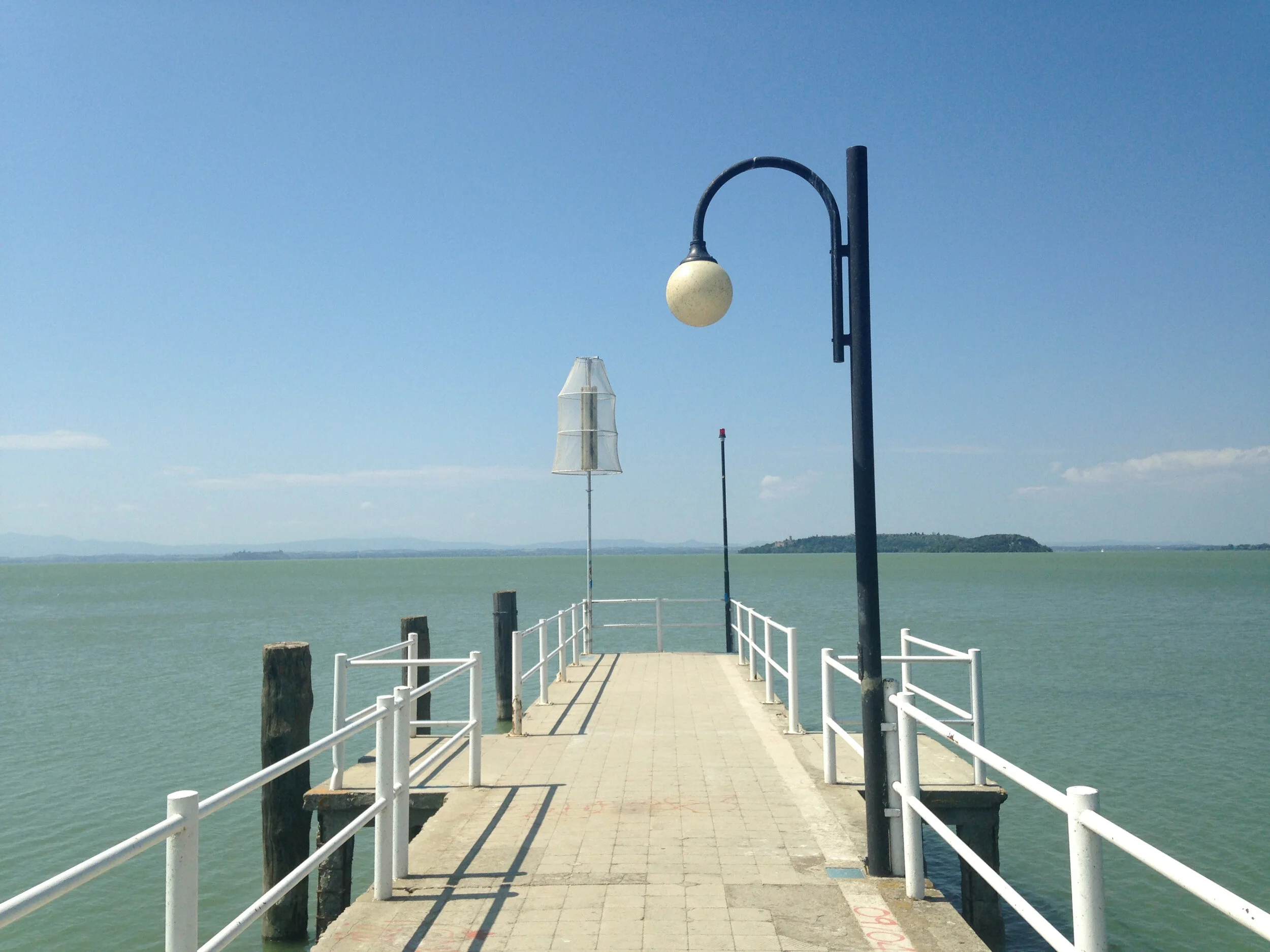For many across the world, May 17th takes a pertinent and personal meaning since becoming accustomed, and widely accepted, as the International Day against Homophobia, Biphobia and Transphobia, or more commonly known, and such referred to in this blog, as IDAHOBIT.
A chance to engage in frank dialogue with LGBTI
Shifting the Power: A Few Hard Truths on Localisation
Many have said it before: localisation needs to stop being a talking point and start being a reality. But we have been saying this since the advent of capacity building. So do we really mean it? If so, how can we bring about localised change effectively, and swiftly?
Why localisation is no longer an 'if', but firmly, a 'when'.
Aid in the Tech Era
The last century has been characterised by the advancement and spread of technology. The reach and adoption, particularly of information and communication technology (ICT) saw a sharp rise in the 1990s and has grown exponentially since. Leonie LeBorgne and Matthew Williams ask: are Aid Organisations ready to respond to a growing and dangerous digital divide?
Il est encore temps
Caution! Aid re-construction zone
With problems on the rise ‘at home’, criticism of foreign aid is stronger than ever. At the same time, humanitarian needs are growing, and far outpacing the funding requirements and government commitments needed to address the short- and long-term consequences of crises. What lies in store for aid organisations?
L’humanitaire maritime : un incubateur de nouvelles approches
Depuis une décennie, les besoins humanitaires ne cessent d’évoluer, s’intensifiant et se complexifiant. En 2015, selon l’UNHCR, 65.3 millions de personnes étaient déplacées. Parmi celles-ci, 21.3 millions sont des réfugiés au titre de la convention de 1951 et la très grande majorité d’entre eux le sont dans un pays voisin. Seule une minorité de 6% sont accueillis en Europe. Malgré cette faible proportion, la crise migratoire à laquelle est confrontée l’Europe depuis 2014 a contribué à mettre en avant les fragilités du système humanitaire traditionnel.
Using the Future to Humanity’s Advantage
$1 spent in preparedness saves $7 in humanitarian response (1). Humanitarians working in disaster preparedness, early warning, and resilience building have all heard this before. Though it may satisfy public and private donors for reasons of accountability and a no-regrets approach to programming, we need to push past this statistic. What is the true value of pre-empting the future when working in humanitarian response?
How important is the motivation of actors in maintaining humanitarian space?
The growth in the humanitarian sector to include private companies as partners and implementers challenges the notion that organizations working in the humanitarian sector must be driven by the humanitarian imperative alone. The inclusion of commercial firms whose fundamental purpose is to make a profit necessitates an examination of the consequences when the humanitarian imperative is but one of many motivations.
“The Power of Love” and why Capacity Building initiatives may fail: lessons from Kenya
In an effort to gain a deeper understanding of the practical realities that either foster or inhibit participation and the assumptions that underscore “capacity development” approaches, this paper examines a capacity development approach that was co-designed by the Regional Humanitarian Analyst at Save the Children East Africa Regional Office and the Project Director for the IRC-UoN Partnership for Education in Emergencies.











